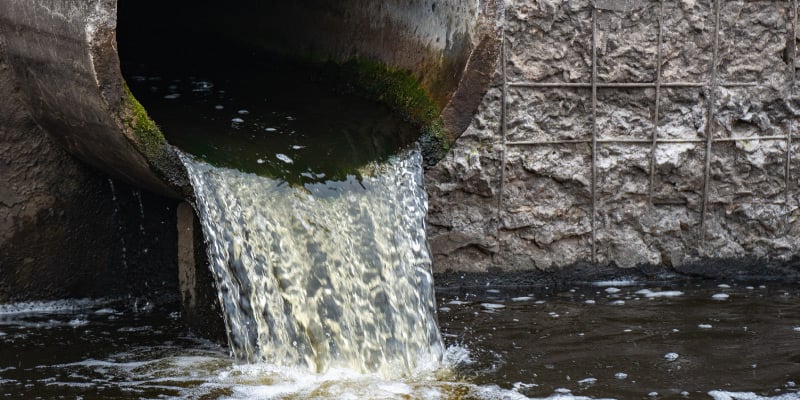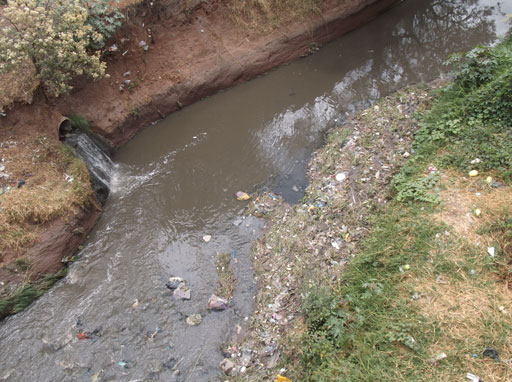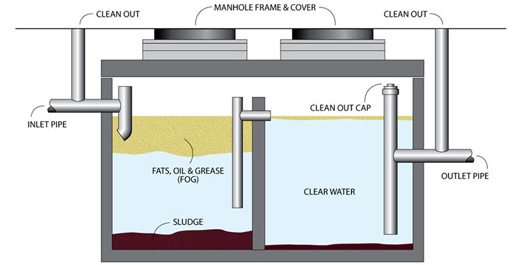Reliable Liquid Waste Disposal Melbourne: Safe and Effective Solutions
Reliable Liquid Waste Disposal Melbourne: Safe and Effective Solutions
Blog Article
Exactly How Fluid Garbage Disposal Functions: An In-depth Introduction of Techniques and Technologies Used

Summary of Liquid Waste Types
The intricacy of liquid waste kinds necessitates an extensive understanding of their characteristics and implications for disposal. Fluid waste can extensively be categorized right into numerous kinds, including commercial, metropolitan, agricultural, and contaminated materials. Each category exhibits distinct buildings, needing particular administration techniques to minimize ecological and wellness threats.
Industrial fluid waste stems from manufacturing procedures and often consists of an array of impurities, such as hefty steels, solvents, and organic substances. Community liquid waste, largely making up wastewater from families and industrial facilities, has raw material, nutrients, and pathogens (industrial wastewater treatment). Agricultural fluid waste, consisting of drainage from farms, might include plant foods, pesticides, and animal waste, positioning threats to water quality and ecological communities
Unsafe liquid waste is identified by its toxicity, sensitivity, or possible to trigger damage. Understanding these varied fluid waste kinds is critical for establishing effective disposal approaches and ensuring compliance with ecological regulations.
Physical Therapy Techniques

Screening is the initial step, where bigger particles and particles are eliminated from the liquid waste making use of screens or grates. This procedure shields downstream devices from damage and ensures smoother operation. Complying with screening, sedimentation uses gravitational pressure to different solids from liquids. In sedimentation storage tanks, heavier particles resolve at the base, developing a sludge layer, while the cleared up liquid can be more dealt with.
Purification is one more necessary method that includes passing the fluid with permeable products, such as sand or membranes, to catch smaller sized fragments. This step improves the quality of the liquid, making it appropriate for succeeding treatment procedures.

Chemical Therapy Strategies
Chemical treatment strategies are essential for efficiently handling liquid waste, specifically in attending to dissolved and colloidal impurities that physical techniques might not effectively eliminate. These strategies make use of various chemical representatives to counteract, speed up, or change dangerous substances into much less hazardous types.
One typical method is coagulation and flocculation, where chemicals such as alum or ferric chloride are contributed to promote the gathering of suspended fragments. This procedure improves sedimentation, permitting less complicated removal of the resulting sludge. In addition, oxidation processes, utilizing representatives like chlorine or ozone, are employed to damage down intricate organic compounds and microorganisms, rendering the waste much safer for discharge or more treatment.
Neutralization is another essential technique, which changes the pH of acidic or alkaline waste streams to neutral degrees, avoiding possible injury to downstream systems and the atmosphere. Furthermore, progressed oxidation processes (AOPs) utilize mixes of oxidants and ultraviolet light to deteriorate consistent toxins, attaining a higher degree of therapy effectiveness.
Biological Therapy Processes
Biological treatment processes play a critical role in the management of liquid waste by utilizing bacteria to decay organic matter and reduce impurity degrees. These processes can be broadly categorized into anaerobic and aerobic therapies, each using details microbial neighborhoods to accomplish reliable waste deterioration.
Cardio treatment involves the usage of oxygen to promote the malfunction of organic materials by microorganisms. This process is typically applied in triggered read sludge systems, where aeration storage tanks provide a conducive setting for microbial growth, leading to the oxidation of organic pollutants. The resultant biomass can be separated from treated effluent with sedimentation.
On the other hand, anaerobic therapy happens in the absence of oxygen, counting on different bacteria to damage down raw material. This technique is particularly advantageous for high-strength waste, as it generates biogas, a renewable resource resource, while minimizing sludge production. Technologies such as anaerobic digesters are frequently employed in commercial and local applications.
Both anaerobic and aerobic organic therapies not only minimize the ecological impact of fluid waste however additionally help with source recovery, making them crucial parts of sustainable waste administration approaches. Their adaptability, performance, and performance support their extensive application across numerous sectors.
Arising Technologies in Disposal
Cutting-edge approaches to liquid waste disposal are quickly progressing, driven by advancements in innovation and a raising focus on sustainability. Among these emerging innovations, membrane layer bioreactors (MBRs) have actually acquired grip for their ability to incorporate biological treatment with membrane purification, leading to top notch effluent that can be reused in various applications. MBRs allow smaller sized impacts and more reliable procedures contrasted to conventional systems.
One more promising advancement is using anaerobic food digestion incorporated with nutrient healing innovations, which not just deals with fluid waste however likewise produces biogas and recovers useful nutrients like nitrogen and phosphorus. This dual advantage boosts resource performance and decreases environmental influence.
In addition, advanced oxidation procedures (AOPs) are being adopted for the deterioration of complicated natural toxins. These methods utilize powerful oxidants and catalysts to break down impurities at the molecular degree, using a highly reliable solution for tough waste streams.
Moreover, the combination of fabricated knowledge and equipment understanding in waste administration systems is optimizing functional efficiency and anticipating maintenance, bring about reduced prices and improved environmental conformity. These technologies show a significant change in the direction of more lasting and efficient liquid waste disposal methods.
Conclusion
To conclude, effective fluid garbage disposal requires a detailed understanding of various techniques and modern technologies. The integration of physical, chemical, and organic treatment techniques guarantees the effective monitoring of diverse waste types. Additionally, the introduction of innovative innovations boosts treatment effectiveness and promotes sustainability in waste administration techniques. By continuously progressing these approaches, it ends up being possible to deal with the growing difficulties related to fluid waste, ultimately contributing to ecological defense and resource recuperation.
Fluid waste disposal is an important aspect of environmental management, calling for link a comprehensive understanding of numerous methods and innovations customized to different waste types. Fluid waste can extensively be classified right into numerous kinds, consisting of industrial, municipal, farming, and unsafe waste. Agricultural liquid waste, including runoff from farms, may contain plant foods, chemicals, and pet waste, posturing dangers to water high quality and communities.
Various physical treatment techniques play a vital role in taking care of liquid waste efficiently - industrial wastewater treatment.In final thought, effective liquid waste disposal requires a comprehensive go to my blog understanding of numerous methods and technologies
Report this page